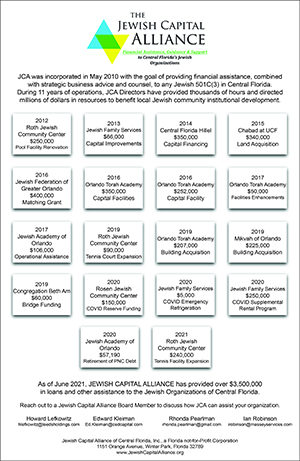6.4 million students denied free speech by top American colleges
December 13, 2019
PHILADELPHIA—Millions of students nationwide check their free speech rights at the door when they arrive on campus, according to a new report from the Foundation for Individual Rights in Education.
Spotlight on Speech Codes 2020: The State of Free Speech on Our Nation’s Campuses analyzes the written policies at 471 of America’s top colleges and universities for their protection of free speech. The report finds that 89 percent of American colleges maintain policies that restrict—or could too easily be applied to restrict—student expression.
All of the analyzed policies are accessible in FIRE’s Spotlight Database. FIRE rates schools as “red light,” “yellow light,” or “green light” institutions based on how much, if any, speech their policies restrict.
“Many college administrators are scrubbing the most egregious policies from the books, but they’re increasingly crafting subtler policies that still limit student expression,” said FIRE Senior Program Officer Laura Beltz, the lead author of the study. “Yellow light policies aren’t good enough—they still restrict protected speech. Colleges must go green or go back to the drawing board.”
Almost a quarter of institutions in the report received FIRE’s poorest, red light rating for maintaining speech codes that both “clearly and substantially” restrict freedom of speech.
Only 11 percent of institutions—50 schools—do not maintain any written policies that compromise student expression, earning FIRE’s highest, green light rating. (Two more universities have earned the rating since the report was written, bringing the total to 52 green light schools.) The percentage of green light schools is up from only 2 percent in 2009.

Meanwhile, the number of institutions earning a yellow light rating has tripled in recent years: from 21 percent in 2009 to 64 percent today. While less restrictive than red light policies, yellow light policies still prohibit or have an impermissible chilling effect on constitutionally protected speech.
In rating schools, FIRE measures an institution’s policies against First Amendment standards. FIRE’s rating system examines universities’ written policies and regulations and does not take into account specific cases or incidents, which FIRE may also weigh in on.
While private institutions are generally not bound by the First Amendment, they are responsible for living up to their institutional commitments to free speech. Although most private institutions pledge to protect the free speech rights of their students, almost 92 percent of surveyed private institutions fall short of those promises. Only 3 percent live up to their pledged commitments, earning a green light rating. Another 6 percent earn a “warning” rating for clearly placing other values, such as religious values, over free speech, which is their right as a private association.
The report also highlights the biggest missteps administrators make when crafting policies. For example, poorly-written policies governing internet usage, civility, event security fees, harassment, and free speech zones often result in universities earning lower ratings.
Other findings:
For the first time, more than 1 million students are enrolled at green light institutions. More than 6.4 million students attend colleges rated yellow, red, or warning.
Also for the first time, entire states are home to only green light-rated institutions. Arizona earned this distinction in February. Since the report was written, Mississippi joined Arizona in having all rated institutions earn a green light rating.
Since 2013, the percentage of surveyed institutions maintaining unconstitutional free speech zones has been halved, from 16 percent to 8 percent. Almost 40 institutions maintain such zones, opening themselves up to costly legal challenges. Over 560,000 students attend such institutions.
Sixty-eight administrations or faculty bodies have adopted statements in support of free speech modeled after the one adopted by the University of Chicago in January 2015. That’s up 15 schools from two years ago. (Since the report was written, two more universities have joined the list of “Chicago Statement” schools, bringing the total to 70 institutions.)
Spotlight on Speech Codes 2020: The State of Free Speech on Our Nation’s Campuses can be read in full on FIRE’s website, along with previous speech code reports dating back to 2006.



Reader Comments(0)